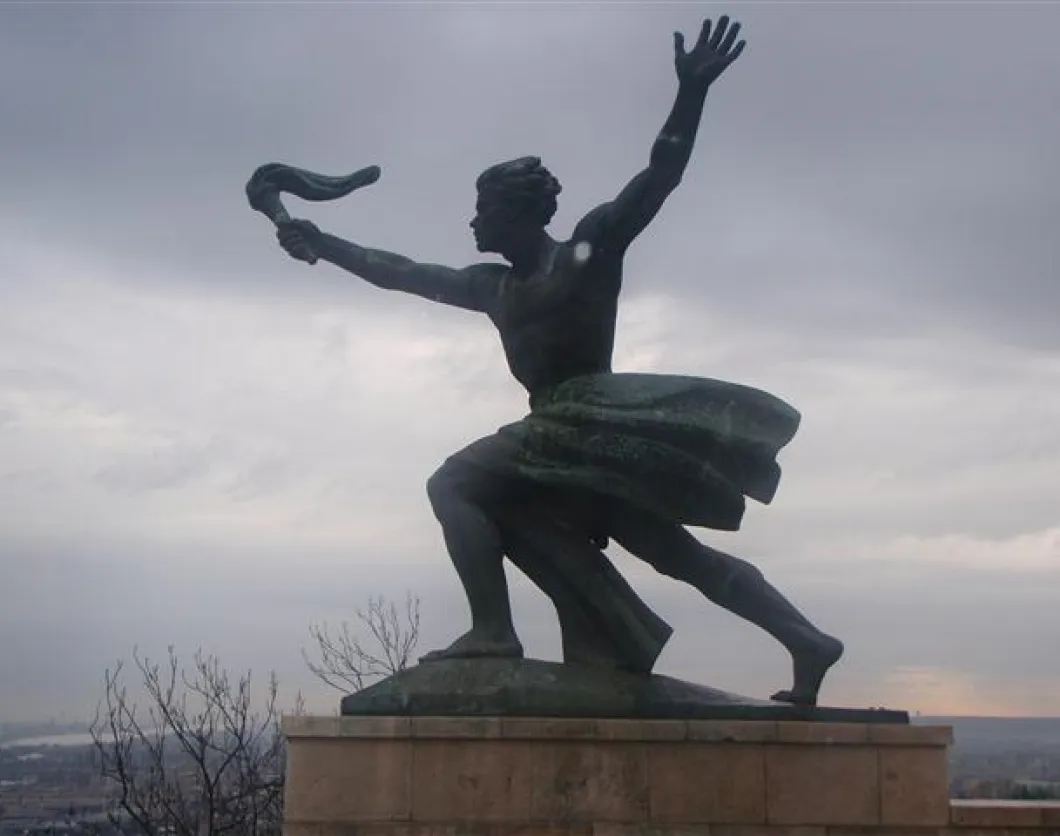Communist regimes in the Eastern bloc always had their own buildings, statues, reliefs and other accessories to continually remind citizens of their ideology and the system they were living in.
Unappealing Monuments
Communist buildings were usually massive and gray, statues were gigantic and symbols were written in both Russian and Hungarian. There were plenty of monuments symbolizing the so called happy worker, strong, masculine women, reliefs of red stars, hammers and sickles. Almost all of these Communist statues and reliefs were removed from the center of Budapest, except of course for the prefabricated cold-looking blocks of flats that were built in an era when quantity ruled over quality. The majority of the original streets and squares were renamed after the Communist heroes of the satellite countries (e.g. Thälmann Street, Dimitrov square, Lenin Blvd etc) in the name of brotherhood.
There are three permanent exhibitions in Budapest concerning the Communist history:
- The House of Terror focuses on the brutality of the Communist and Nazi Parties in Hungary
- Memento Park has a small photo exhibition of the 1956 revolution and events of 1989 as well as 42 Communist symbols and statues
- The National Museum has one room dedicated to the Communist epoch in Hungary
{%C2,3%}
Walking Tours
However, none of the exhibitions informs the visitors on the Communism's impact on the present day Hungary. Consequently, in 2008 we established the Free Communist Walking Tours in Budapest, which is not a classical sight-seeing walk but much more. We visit the last surviving Communist Memorials in the city, the emergency exit of the Military's secret nuclear bunker, the venues for the 1956 fight for freedom and a whole lot more.
The tour is the only tour of its kind on the entire continent and certainly provides more than just a chronology of key events, historical facts and figures. Participants get a clear picture on all aspects of life under the Communist system – education, health, housing, history, everyday life, media, social conditions, human rights, secret agents and many untold stories along with the impact of Communism. The Free Communist Walking Tour covers both the Communist and the post Communist periods.
Legacy of Communism
No museum in Hungary helps visitors understand the post-Communist period and the impact of Communism on the present. Let us clarify the reasons behind a growing gap between the “new-rich” and the poor, the high unemployment rate, the differences between centrally planned versus market economies and how tax dodging had grown into a national sport for many Hungarians.
The tour concludes in an old Communist building where our own collection of memorabilia (such as passports, ID card and publications) is presented. Participants are welcome to handle these original Communist relics that would normally only be viewed by tourists behind glass in a museum.
Our approach regarding the old system is balanced – not too keen but not too dismissive. This is an independent project without financial support from any third parties (there is NO business or governmental involvement on any level.)
The added value of our tours is two-fold. All our tour guides are insiders and they work only for tips. Tipping is not compulsory and participants are free to give as much or as little as they feel the tour is worth, and is therefore available for everybody and anybody interested in Hungary's Communist and post-Communist periods.
By Agnes Molnar (Free Budapest Walking Tours)
www.triptobudapest.hu









